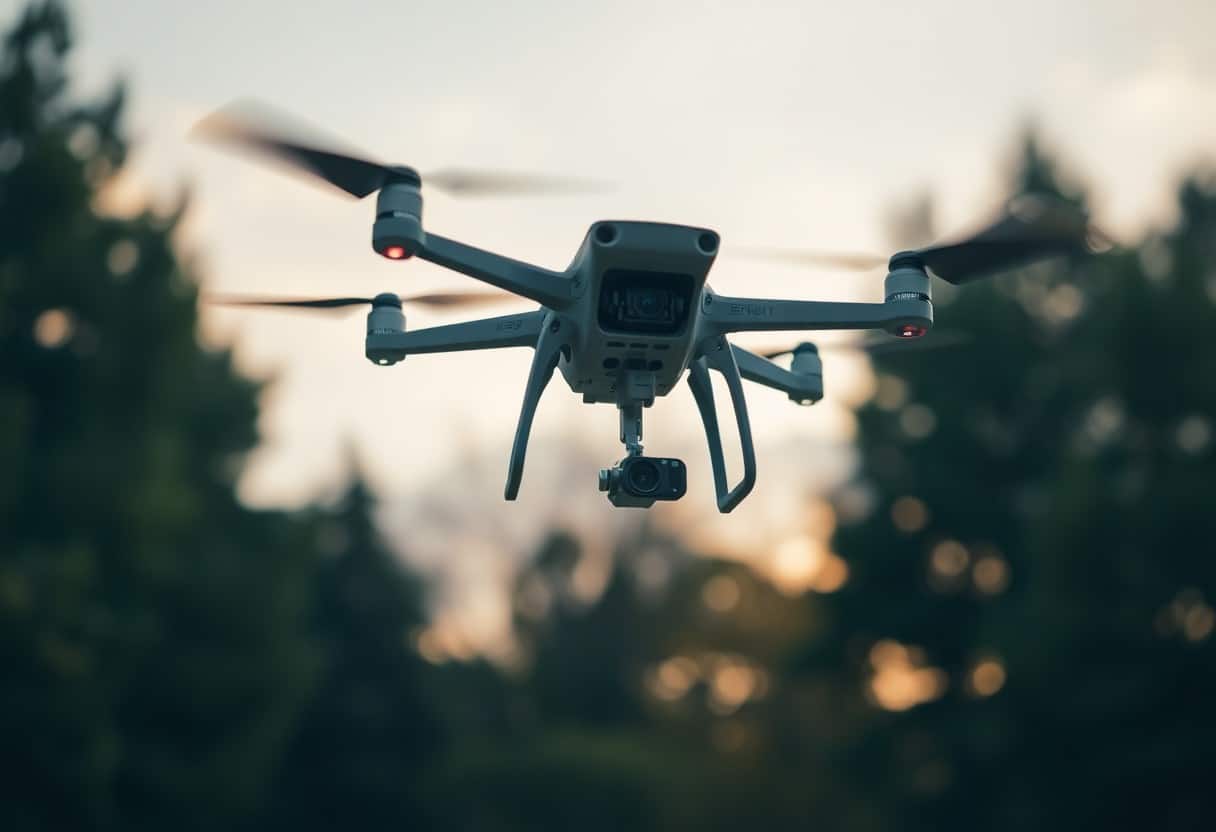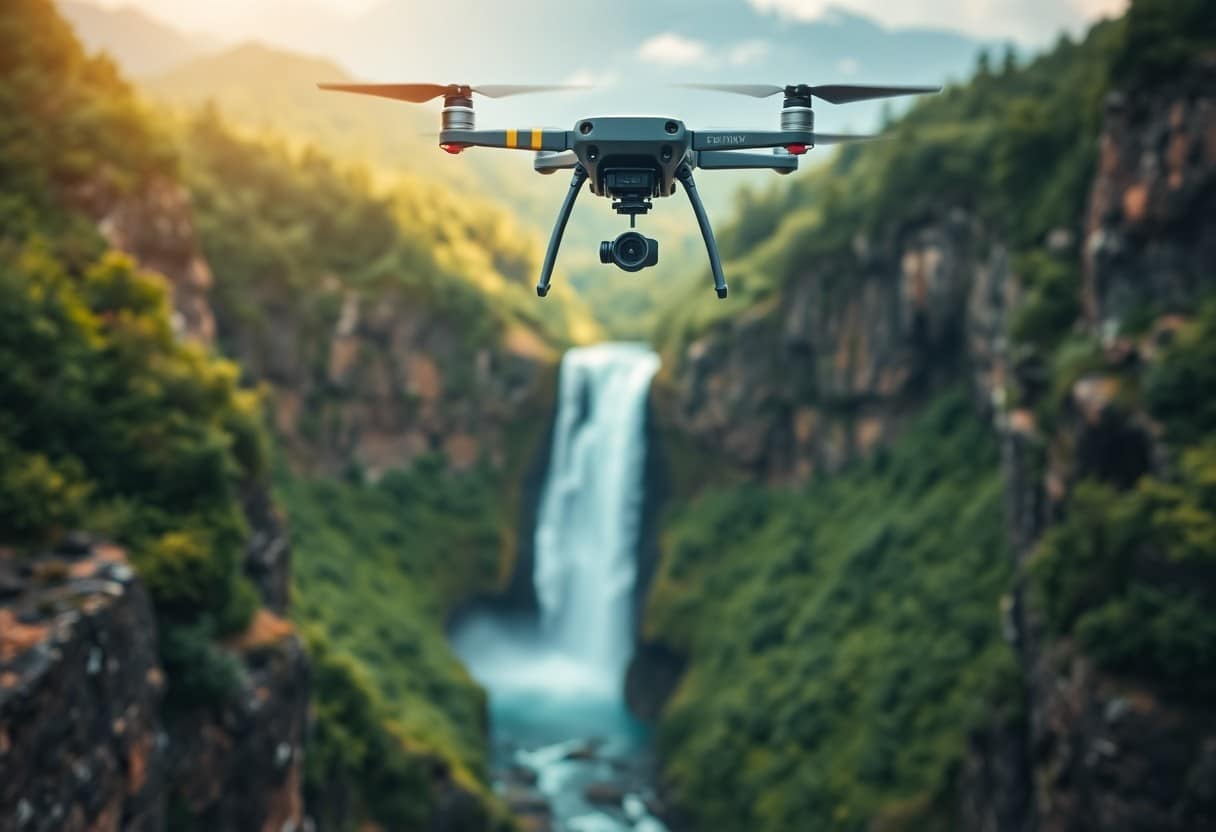Drone Flying Techniques - 5 Steps to Improve Your Skills
As you learn the art of flying a drone, you may encounter challenges and difficulties. With these five steps, you can dramatically improve your flying skills and ensure that every operation is a safe and enjoyable experience. You will learnThe Importance of Safe FlightYou will be able to learn the proper handling techniques and how to flexibly respond to the ever-changing air environment. By following these tips, you will be able toAvoidance of major hazardsThe company has also reached new heights in the field of drone flight.
Key Points:
- Basic Knowledge: Ensure an understanding of the operating principles and basic functions of a drone.
- control: Practice smooth takeoffs and landings, mastering throttle and directional control.
- Environmental Awareness: Be aware of your surroundings, avoid obstacles and select a suitable flying area.
- Wind Effects: Recognize the effect of wind speed on flight stability and make timely adjustments to the flight plan.
- Shooting Angle: Master different shooting angles and techniques to enhance your photography.
- Emergency Response: Familiarize yourself with emergency countermeasures to enhance flight safety.
- Continuous Practice: Continuously practicing flying and accumulating experience to improve your skills.
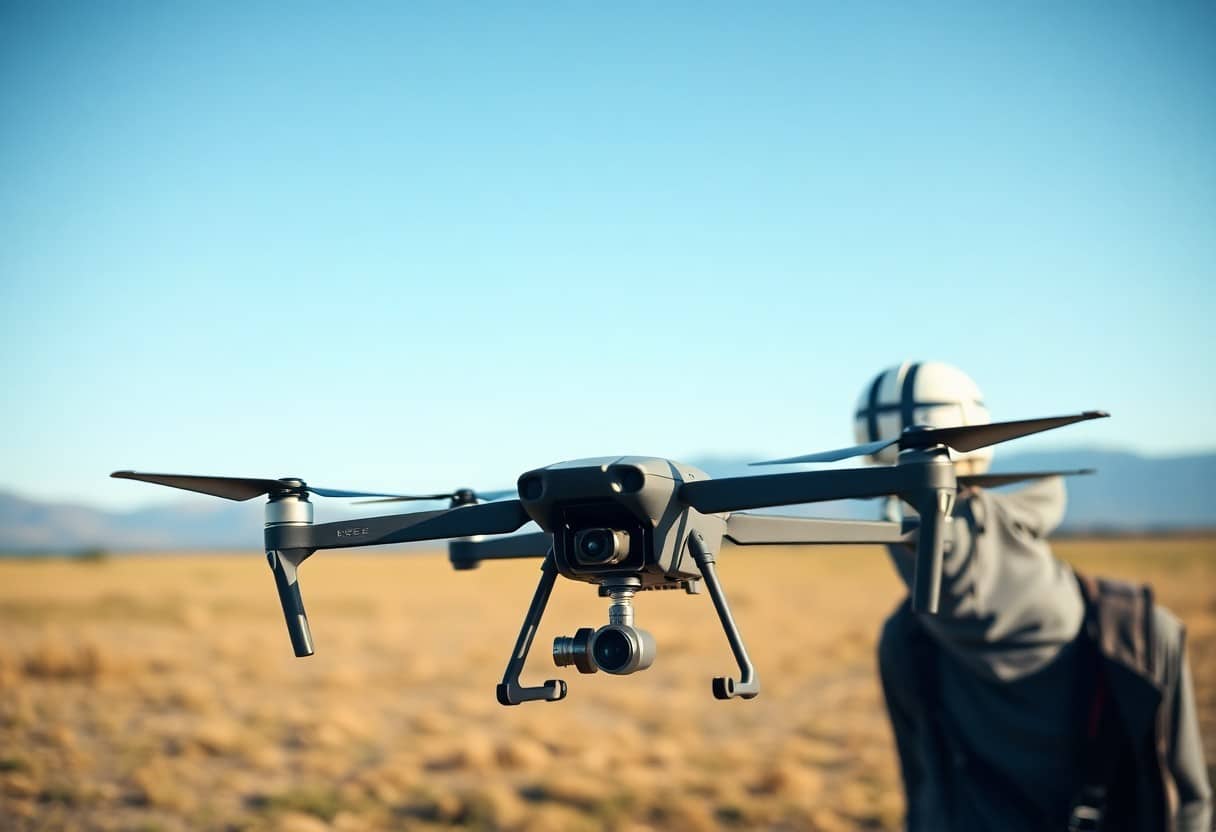
Getting to know your drone
Before you can improve your flying skills, it's important to know what kind of drone you're using. Drone technology is constantly evolving, and knowing how to operate it can help you fly safely and efficiently. Knowing your equipment in detail allows you to make the best choices for different situations and to effectively meet the challenges of flying.
Drone Type
- Multi-rotor drone - Usually the easiest to drive and suitable for beginners.
- Fixed-wing drone - Ideal for long distance flights with high efficiency.
- Vertical Takeoff and Landing Drone - Combines the advantages of both fixed-wing and multi-rotor.
- Toy Drone - Ideal for entry level, simple functions.
- Professional Photography Drones - Equipped with high-end photography equipment, suitable for filming needs.
Recognizing the different types of drones can help you choose the best equipment for your needs.
Main features and specifications
Each drone has its own specificspecial featureandSpecificationThese affect its performance. Familiarizing yourself with these features will allow you to realize the full potential of your drone, whether it's for photography, mapping or recreational flying.
- Flight Time - Generally, it refers to the length of time a drone can continue to fly.
- Control Range - You can operate the drone from a distance.
- Camera Quality - Affects the clarity and stability of the recorded image.
- weights - This affects portability and flight stability.
- Flying Mode - Includes options for automatic flight, manual flight, and more.
An in-depth knowledge of the features and specifications of your drone will enable you to make more informed decisions when using it.
An in-depth understanding of each drone's design and features can help you make logical choices that meet your specific needs and enhance your overall experience. Flight Time,Control Range,Camera QualityThese are all key factors that you need to consider when choosing a drone. If you're looking to upgrade your technology, having this information at your fingertips is a must.
Mastery of basic controls
In the midst of a drone flight.Basic controlIt is a necessary skill for every pilot. Mastering the use of the joystick will enable you to control the direction and speed of the drone's movement freely. We recommend you to refer to8 Steps to a Comprehensive Risk Assessment Before Flying a DroneThe first step is to improve your flying skills.
Takeoff and landing techniques
Successful takeoff and landing are critical steps in drone flight. When you take off, make sure your drone is on stable ground and check your surroundings carefully before you begin to lift off. When landing, slowly lower your altitude to maintain stability and avoid rapid descents to ensure safety.
Propeller Management
During the operation of the droneManagement of the propellerIt's important. You need to check the condition of the propeller frequently to ensure that it is undamaged and securely attached. If you find any cracks or wear and tear, you must replace it immediately. Also, before and after flying, make sure you clean the area around the propeller to prevent it from interfering with its normal operation. Regular maintenance not only extends the life of your drone, but alsoEnhancing Flight SafetyThe first thing you need to know is how to fly your drone with more confidence. Keeping your propeller in good condition is the key to avoiding accidents.
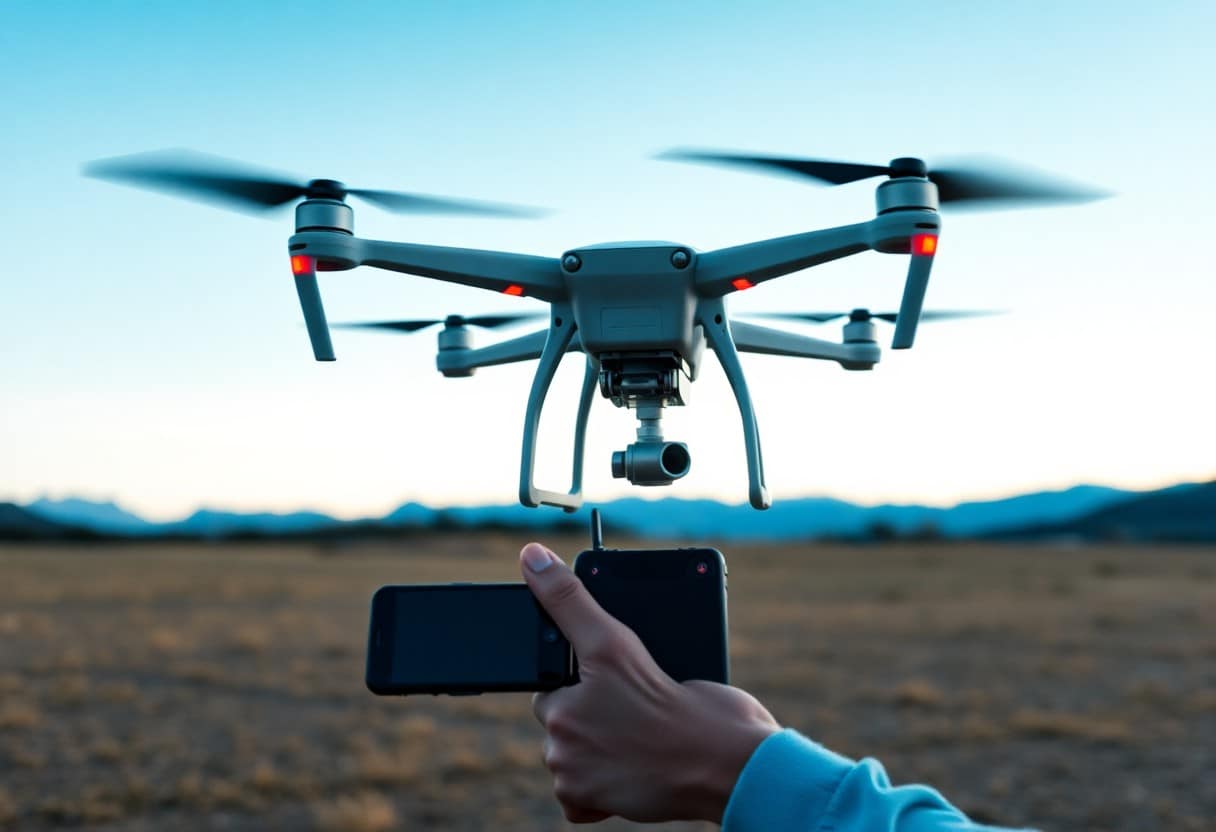
Advanced Flying Techniques
As you learn more in-depth flying techniques, your drone handling skills will improve dramatically. In this chapter, we'll explore some advanced flying maneuvers that will not only increase your agility in the air, but also enhance your flying confidence and control. Mastering these skills will give you better results in filming and competition.
- Flexible Steering
- Rolling Skills
- make a sudden turn
- Flight path planning
- landing technique
| Advanced Techniques | descriptive |
|---|---|
| Turning and Tilting | Learn how to make smooth turns and improve control. |
| Flip and Roll | Challenge your skills and try various flipping and rolling tricks. |
Turning and Tilting
Turning and tilting are very important skills in drone flying. Mastering these skills can help you adjust your heading more accurately and navigate through obstacles with ease. When making turns, make sure you use proper throttle control to maintain stable flight.
Flip and Roll
Flips and rolls are difficult flying maneuvers that add a lot of fun and excitement to your flight. These maneuvers require precise control of your drone, or you could crash. And once you've learnedFlip and RollThis is a great way to not only improve your flying skills, but also to wow the audience.
proceedFlip and RollBefore doing so, make sure that the airspace you are in is safe and that you have enough space to perform these difficult maneuvers. These maneuvers not only test your maneuvering skills, but also demonstrate the flexibility and performance of the drone. When you incorporate these maneuvers into your flying, not only will you improve your skills, but you will also gain more confidence and enrich and diversify your flying experience.
Environmental Awareness
When flying a drone, you must have the ability toEnvironmental AwarenessThis not only improves your skills, but also ensures safety. Knowing your environment and avoiding disturbing wildlife and other inhabitants is important for every drone pilot. Also, check out this article onFrom Concept to Reality - 10 Essential Steps for 3D Design Programsto enhance your flying ability.
Meteorological conditions
Before flying, a good drone pilot will pre-check theMeteorological conditions. Strong winds, rain or low visibility can affect drone operations and may even cause an accident. In high-risk conditions, you should consider postponing your flight.
No Fly Zones and Regulations
As a drone user, it is important to understandNo Fly Zones and RegulationsIt's very important. Restrictions on airspace vary from region to region, and if you enter a no-fly zone, you may face legal consequences and evenPenalty. Make sure you check local laws ahead of time and be aware of special events and safe areas.
In order to protect public safety and privacy, it is important that you emphasize the importance ofNo Fly Zones and RegulationsThese may include locations near airports, government buildings and large events. These may include locations such as near airports, government buildings and large events. It's important to follow these guidelines, as violations not only affect your freedom to fly, but can also result in the drone'srecall (a defective product)and other legal consequences. To ensure the safety and legality of your flights, it is important to remain aware of local drone laws and regulations.
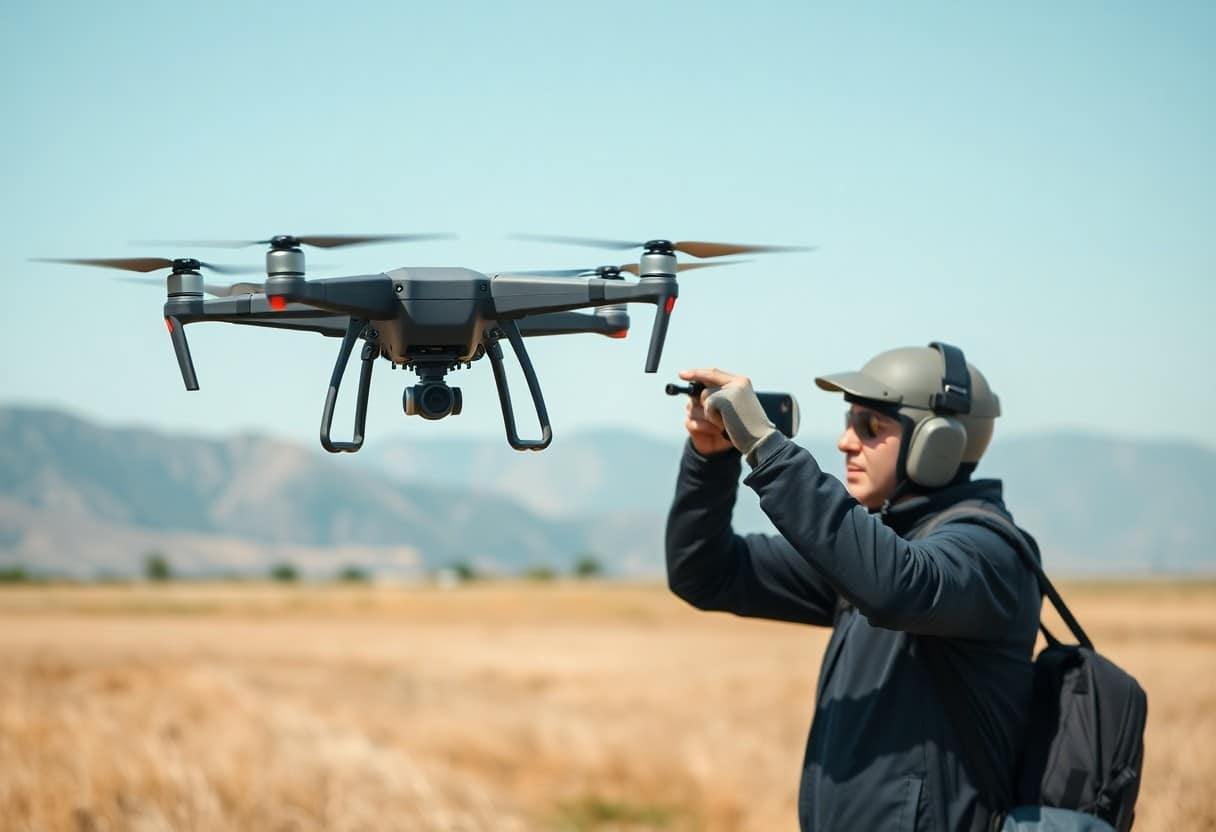
Practice and Skill Development
The key to improving drone operation technology lies in continuousPractice and Skill DevelopmentYou can refer to this article for more information. You may refer to this articleHow to Capture the Perfect Reveal Shot with Your DroneThis will help you understand how to train and practice effectively. By devoting time to regular practice, you will see your skills gradually improve.
Suggested Exercises
In order to improve your drone handling skills, it is recommended that you practice a variety of exercises, includingbasic take-off and landing,Fixed Hoverrespond in singingSuspended ShootingEach exercise has its own specific challenges. Each exercise has its own specific challenges and will deepen your understanding and control of the drone as you practice them over and over again in different environments.
Track your progress
Keeping a regular log of your practice sessions is an effective way to improve your drone handling skills. You can create a log to record the results of each practice session.ChallengeandaccomplishmentsYou can also reflect on your current skill level. This will not only allow you to see the trajectory of your progress, but will also help you to adjust your practice program for the future.
It's important to track your progress. By means of Regular InspectionBy keeping a journal, you will be able to see where you still need to improve, and your goal setting will become clearer. Setting short and long term practice goals will help increase your motivation and focus, allowing you to achieve more in drone flying.
Drone Flying Skills - Five Steps to Improve Your Skills
By mastering these five steps, you will be able to effectively improve your drone flying skills. Focus on the basics, understand the effects of wind, keep practicing, learn advanced flying techniques, and review and improve your performance at all times. Each step will add to your flying experience and make you a more confident and skilled pilot. Remember, consistent practice is the key to success, and we look forward to seeing you fly higher and farther!
Frequently Asked Questions
Q1: What are the five steps of drone flight technology?
A: The five steps of drone flying techniques include: understanding the principles of drone operation, mastering basic flight control, learning aerial photography techniques, practicing different flight modes, and professional post-production editing. These steps will help to improve the flight technique and image quality.
Q2: How much experience do I need to start learning the five steps?
A: No special experience is required to learn these five steps, but basic knowledge of drone operation and some hand-eye coordination are recommended. Beginners can start from the basic flight and gradually improve their skills.
Q3: What are some of the basic flight control skills to master?
A: Basic flight control skills include smooth takeoffs and landings, proper use of throttle, steering control, maintaining a stable attitude in the air, and the ability to react to unexpected situations. These skills are the foundation of safe and controlled flight.
Q4: How can I improve my drone aerial photography skills?
A: The key to improving your aerial photography skills is practicing different camera angles, using different shutter speeds and aperture settings, mastering framing, and learning to use the drone's camera functions and tools. More practice will help you challenge yourself and create better work.
Q5: What are the common flight patterns and how should I practice them?
A: The common flight modes of a drone include Stabilization Mode, Attitude Mode and GPS Mode. You can practice these modes separately in a safe field to familiarize yourself with the operating characteristics and controls of each mode, so that you can find the most suitable flight style for yourself.
Q6: What should I pay attention to when doing post-editing?
A: In post-editing, you should pay attention to the color correction of the image, compositional cropping, image stabilization, and the use of sound effects. These editing techniques can enhance the overall quality of the final image and make your work more professional.
Q7: What resources are available to help me further my drone flying skills?
A: You can improve your skills by attending drone flying courses, watching online instructional videos, joining drone communities, and reading related books and materials. In addition, field flying experience is also important, and regular flying practice is recommended to keep honing your skills.
